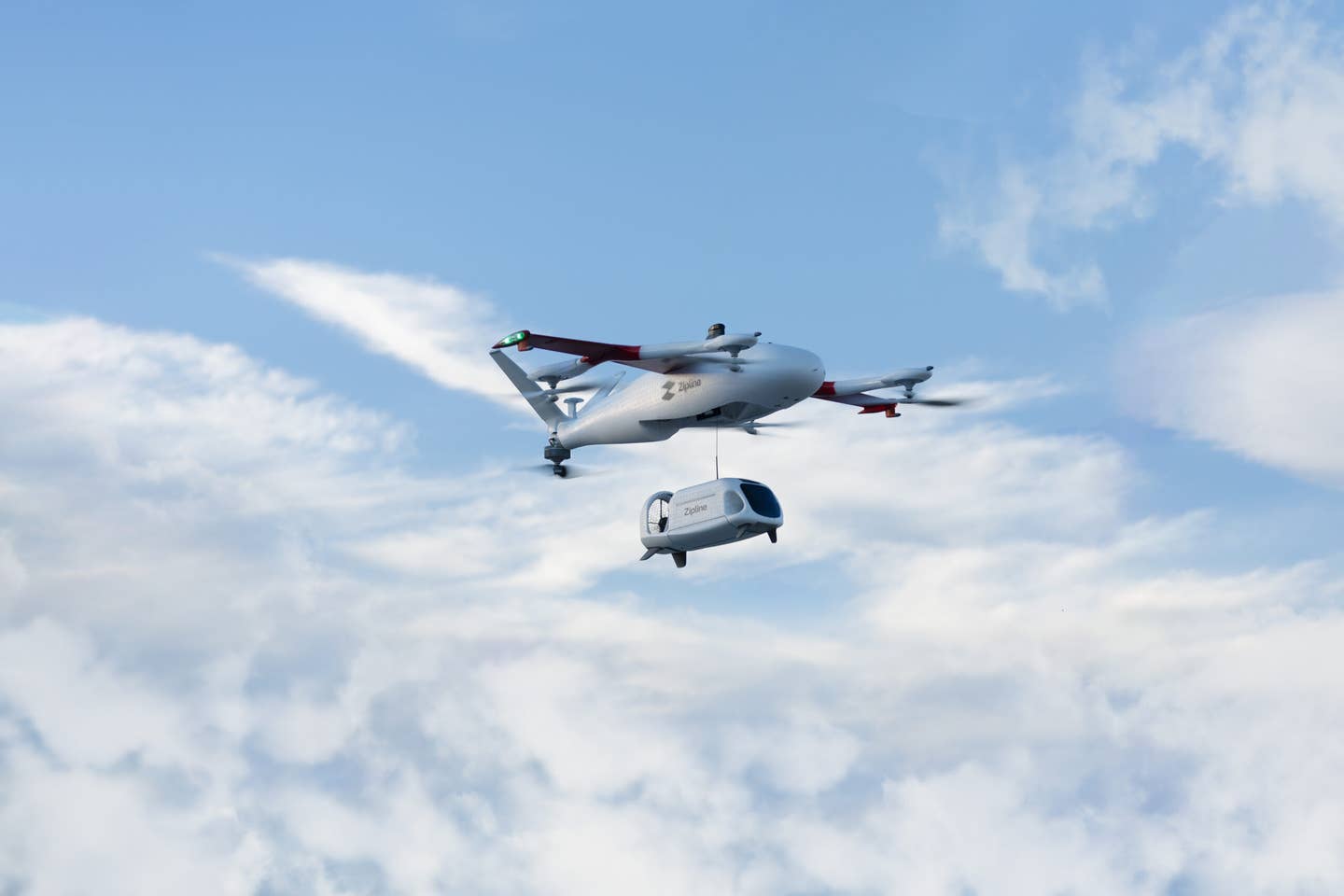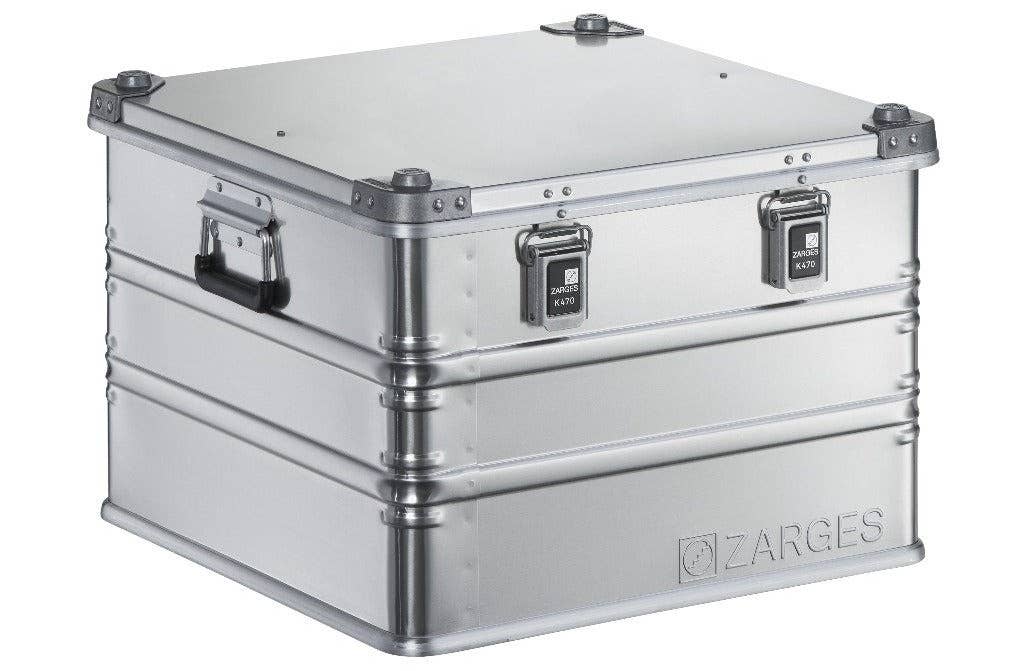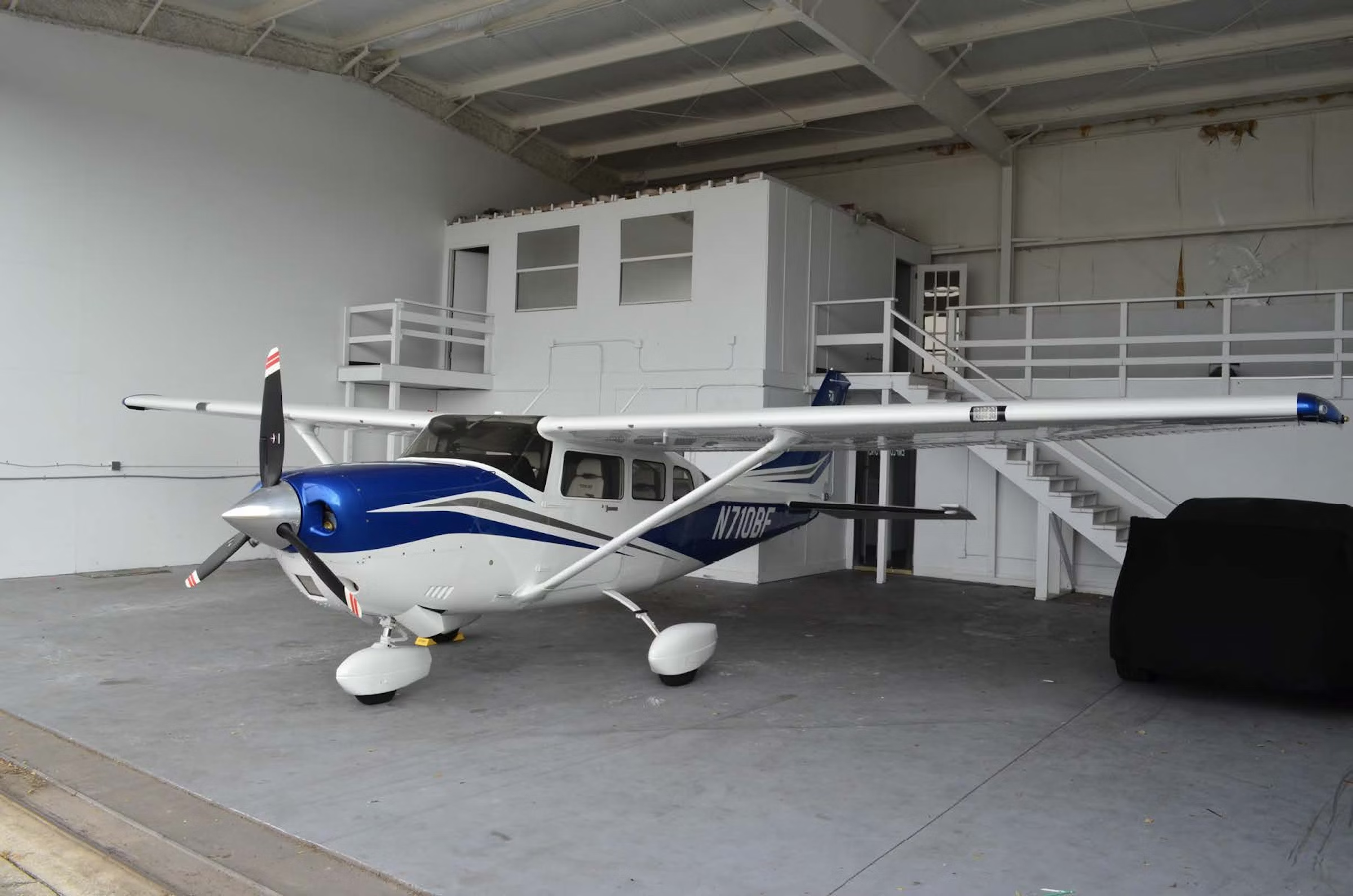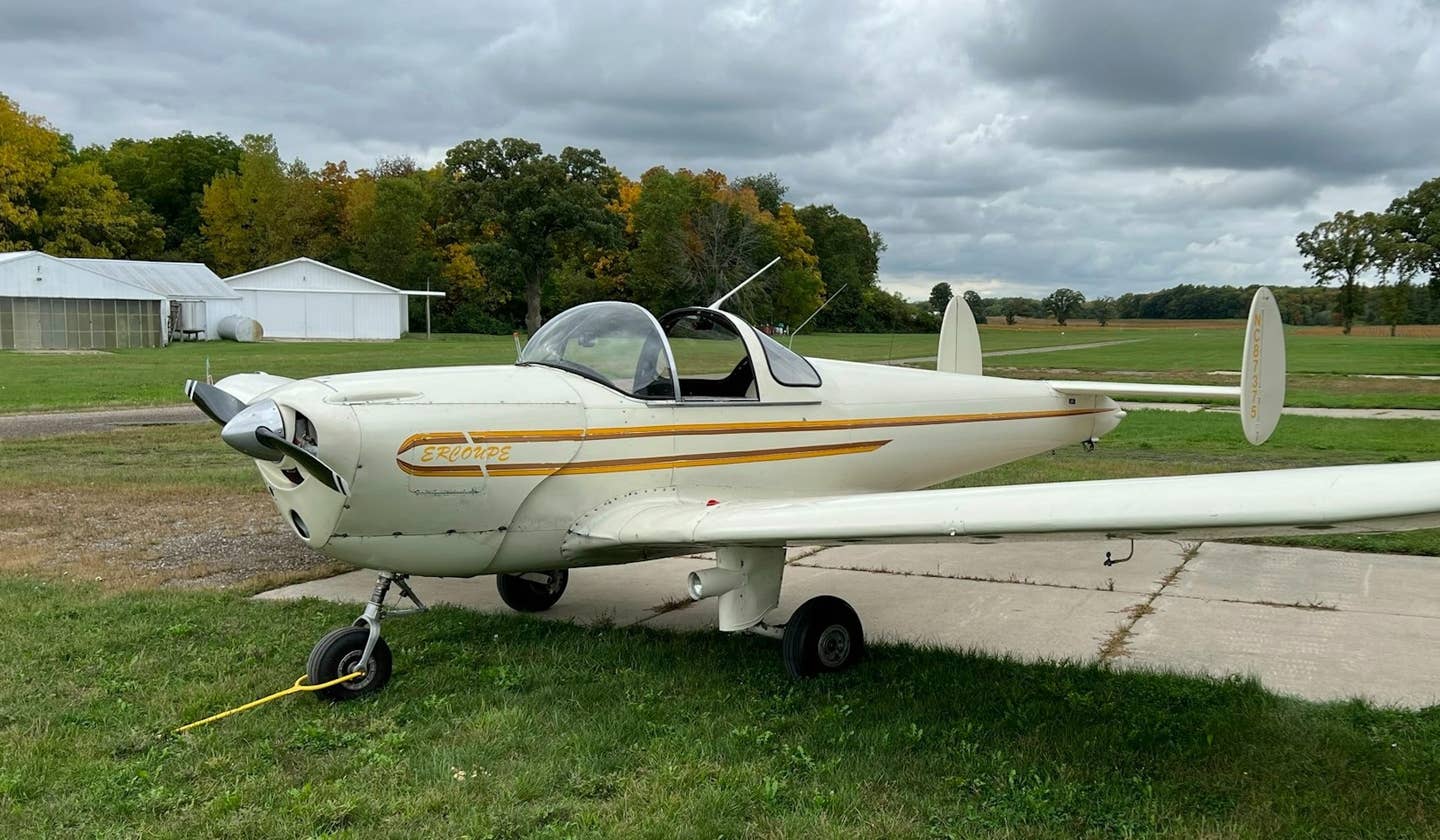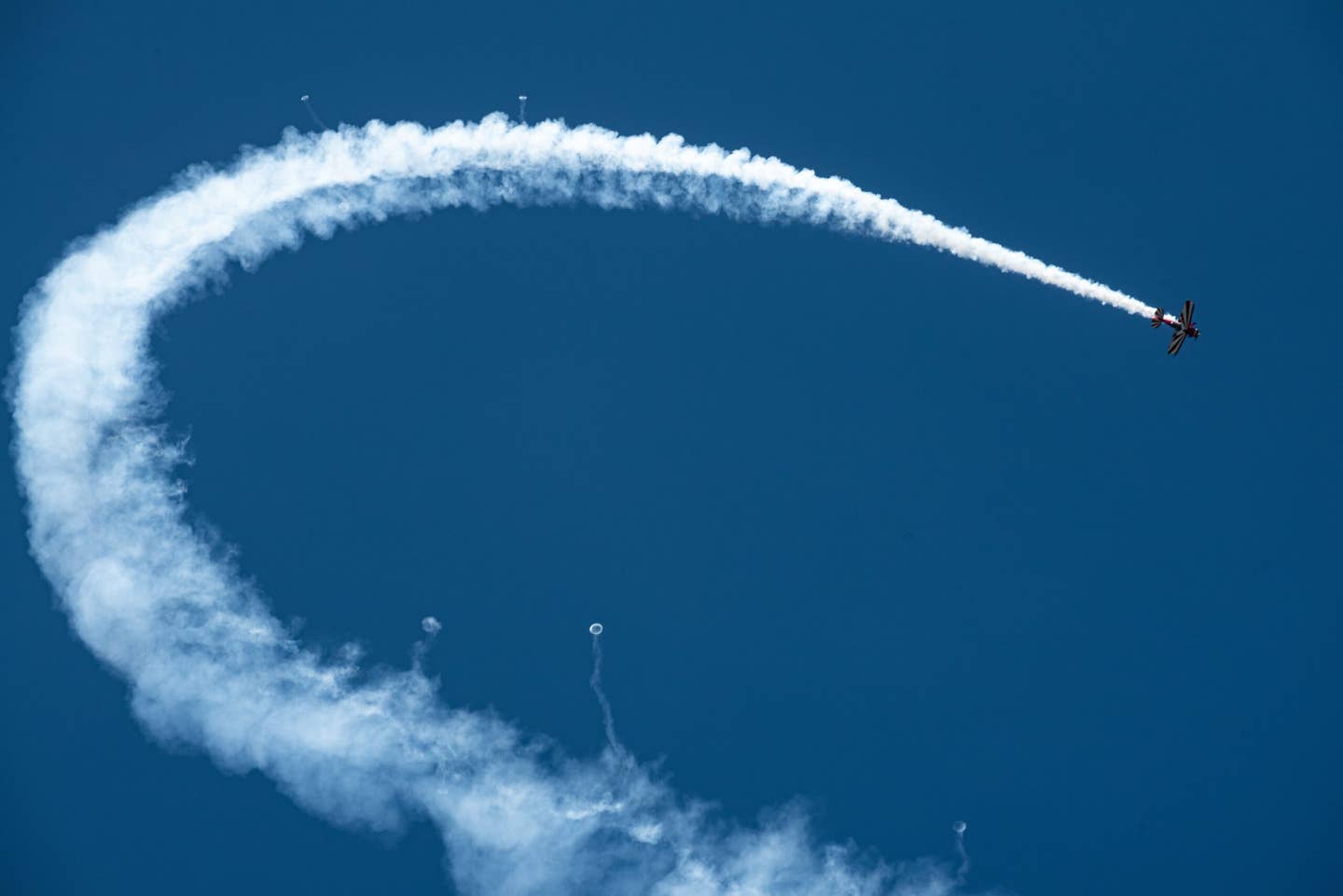A Once-in-a-Lifetime Flight Aboard the B-29, Doc
For a warbird enthusiast, pilot, and student of aviation history, the trip around Seattle in the restored aircraft pushes all the buttons.
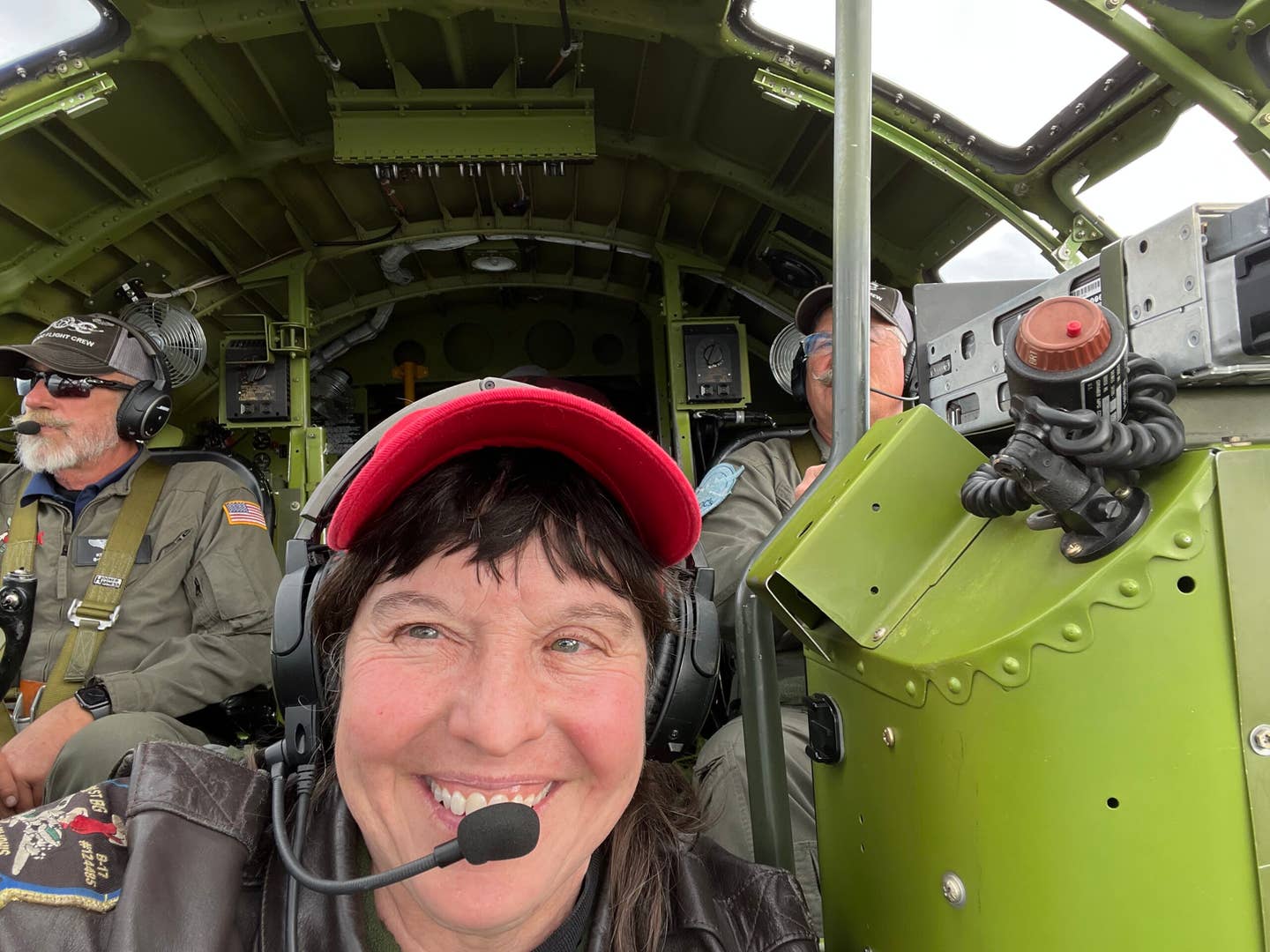
FLYING staff writer and technical editor Meg Godlewski aboard Doc. [Photo: Meg Godlewski]
One of the best parts of being an aviation journalist is that it gives you access to some pretty unique and special aircraft—such as Doc, one of the last airworthy B-29s in the world. Recently, I had the opportunity to fly aboard this rare machine. I was part of a media flight staged out of the Museum of Flight in Seattle where Doc paid a house call. And I nearly had kittens when I made the call to the edit team to relay the news:
“Wolf gets to fly aboard Doc…”
About the Aircraft
Doc is owned by Doc's Friends, Inc. a nonprofit organization based in Wichita, Kansas. A total of 3,970 Boeing B-29 Superfortresses were built during World War II. Doc is one of 1,644 built at Boeing's plant in Wichita.
The aircraft is on tour, offering rides for a price. They are not cheap or easy to get—the Museum of Flight rides had sold out before the Superfortress had even touched down at King County International/Boeing Field (KBFI) in Seattle this week. Seating is very limited as passengers occupy the same seats that were once used by crew members of the B-29, which was designed for a crew of 10.
"It took 16 years and 450,000 volunteer hours in Wichita, Kansas, to take the airplane apart and put it back together. Without those volunteers, those heroes, there isn't an aircraft."
Josh Wells, executive director, Doc's Friends
For the first flight in Seattle, Mark Novak was the pilot in command, assisted by co-pilot Ken Newell, and flight engineer Don Obreiter. In the rear of the aircraft—in the compartment separated by a 41-foot tunnel—were crew members Brett Schauf and Josh Wells. They are known as scanners; their job is to keep the passengers safe and keep an eye on the engines, which are located aft of the cockpit and out of the pilot's view.
Wells is also the executive director of Doc's Friends. He noted that Doc could not be flying were it not for hundreds of thousands of hours of volunteer labor, including that of the flight crews.
"There are nine left-seat certified pilots in the world on a B-29, and just two B-29s flying today. We primarily use three or four of [those pilots]," Wells explained. "There are maybe a dozen and a half right-seaters, copilots. We use 10 of them. They are retired airline pilots, retired military, all have multiengine experience. And they love warbirds, and they are very good at what they do."
According to Wells, the crew attends annual training and the pilots are required to maintain currency in a B-29—three takeoffs and landings within 90 days in an aircraft that burns approximately 450 gallons of 100LL per hour, or costs about $4,000 to $5,000 per hour just for fuel and oil. If that's not enough to give you a nosebleed, chew on this: Wells estimates the total cost for the restoration of the aircraft was close to $30 million.
None of it would be possible without the volunteers, says Wells. "It took 16 years and 450,000 volunteer hours in Wichita, Kansas, to take the airplane apart and put it back together. Without those volunteers, those heroes, there isn't an aircraft."
How Doc Came to Be
Doc is one of those Superfortresses built during World War II in a factory that is now occupied by Spirit AeroSystems—a company that still supplies parts for Boeing aircraft.
Doc rolled out of the factory in March of 1945, too late to see combat. Between 1945 until 1956, the aircraft flew as part of a radar calibration squadron based on the East Coast. The name of the squadron was the Seven Dwarfs.
"Doc towed targets for a while, then was given to the Navy to be retired,” says Wells. “It became a ballistic missile target [at] China Lake Naval Station in the Mojave Desert of California. It spent 40 some years there, then in 1987, it was rescued by a man named Tony Mazzolini."
It was Mazzolini who had the idea to remove the aircraft from the desert with the intent of restoring it to airworthiness to make it a flying museum. Because it was produced so late in the war and spent so many years in the dry climate, the airframe and engines were in relatively good condition.
According to Wells, Jeff Turner—the retired Spirit AeroSystems CEO who today is the chairman and founding member of Doc's Friends—told Mazzolini, "If you figure out a way to get it back to us, we will figure out a way to put it back together,"
Restoring any aircraft, especially one that was formerly used by the military, is neither quick nor inexpensive. For starters, there is a lot of red tape to cut through when acquiring a former military asset, and it can be too much for one person to handle. Then there are the logistics of where the work will be done, where spare parts will come from, and sometimes curveballs, such as when Boeing divested its Wichita facilities.
"The project was going to take about two years, then Boeing sold its Wichita facilities," Wells explained. "The aircraft moved around a bit, then in 2012, Doc’s Friends was founded. Doc's Friends is a not-for-profit 501(c)3 corporation. It took another four years to finish the project. Doc flew again in 2016 and we went out on tour in 2017."
Tour season begins in March with ground school for the all-volunteer crews. They fly from April to November, putting approximately 120 to 130 hours on the airframe. At every stop, the aircraft undergoes a preflight inspection between flights. Spare parts, if needed, come from serviceable B-29 parts that still exist—many come from airframes stored in the desert—or else they can be remanufactured, if need be.
The revenue flights—$600 for the cheapest seat—cover the cost of aircraft maintenance, fuel, oil and insurance for both the aircraft and the hangar at Wichita Dwight D. Eisenhower National Airport (KICT).
The Flight
Each B-29 Doc Flight Experience flight has nine passenger seats:
- Bombardier ($1,500)
- Cockpit/Pilot Observer ($1,200)
- Navigator ($1,200)
- Six Gunner seats ($600 each)
The bombardier, cockpit/pilot observer, and navigator seats are in the forward section of the aircraft. The six gunner seats are in the aft section of the aircraft. Before we were allowed to board the aircraft, the passengers were asked to sign the flight manifest and assigned positions in the aircraft. We were told not to crawl through the tunnel connecting the two parts of the aircraft during flight, because there are no seatbelts in the tunnel.
“"This aircraft is licensed as experimental. It was built to military standards, not airline standards, so you can bump your head on something or snag something." ”
Mark Novak, pilot in command for the flight
Novak, a retired U.S. Air Force, business jet, and glider pilot advised, "This aircraft is licensed as experimental. It was built to military standards, not airline standards, so you can bump your head on something or snag something."
That was his polite and friendly warning to the passengers to be careful going in and out of the hatches. Bumping your head on something or grabbing the wrong thing when you are trying to maintain your balance in a moving aircraft is a real concern.
Novak pointed to the ladders on the rear and front hatches, and noted those means of egress as is the window over the flight engineer's position "if you are really motivated" and the bubble windows. Seatbelts were required to be fastened during taxi, takeoff, and landing.
I was in the coveted bombardier's position in the nose of the aircraft for most of the flight. The seat has a traditional military-style seatbelt, the wide canvas strap with a lever-type buckle. Newell showed me how to lower the seat back, step into the position, and put the seat back up. He made sure I knew how to work the seatbelt, then handed me a Bose headset, and pointed to the push-to-talk switch. I could hear everything being said in the cockpit. I was impressed by the way they ran through each checklist item using challenge and response.
One of the interesting parts of air tours like this is that they often go into airports with complicated airspace, like Boeing Field, which is in Class Delta sitting below the Class Bravo of Seattle-Tacoma International (KSEA) and is flush against Class Delta occupied by Renton Municipal Airport (KRNT).
Novak and Newell discussed the options for heading to the north for the 20- to 30-minute flight, carefully noting the floor of the Bravo and the proximity of the Class Delta belonging to Renton and Snohomish County-Paine Field (KPAE) to the north.
When Novak asked for a particular departure, the controller responded with one that referenced local landmarks, to which Novak responded that the crew was not familiar with the area. There was a brief pause, then the controller issued instructions for a left downwind departure from Runway 14R.
Engine run-up is a three-person event. Novak issued the challenges, and Newell and Obreiter replied in response. According to Novak, Obreiter, as flight engineer, had the task of “fixing things” the pilots did. One of my dear friends and mentor Dean Boyd was career Air Force and had been a flight engineer on several multiengine aircraft, and I could not help but think of him and his stories about crew coordination and teamwork in the cockpit as I watched and listened to these men do their jobs.
A few minutes later, the aircraft was configured for takeoff and the final checklist run. The crew checked in, all ready to go.
Novak, as pilot flying, verbalized power up and the behemoth airplane started down the runway.
My camera was rolling as the pavement that I am oh so familiar with sped by. I teach at KBFI, and I have to say there's a big difference between the Cessnas I’m normally in and the B-29. We used a lot of runway, then a lightness in the nose told me takeoff had begun.
When the runway ahead of us diminished to non-usable and flying speed was assured, Novak intoned "gear up," and I heard and felt the landing gear retract.
When I fly that particular departure in the mighty Cessna 150, it takes much longer to reach 700 feet agl before turning crosswind. There is a hill over there you want to avoid. The B-29 had no issues, and soon we were turning downwind, heads on a swivel, being careful not to encroach on other airspace, and watching for traffic because it was a VFR afternoon and, therefore, the skies were filled with small aircraft.
When Doc reached cruising altitude, we were permitted to remove our seatbelts to wander around the aircraft. I kept my belt on as I turned to watch what was happening in the cockpit. Novak, his hands on the yoke, remarked, "There are people in the tail,” as he carefully adjusted the pitch and trim.
The B-29 is a fly-by-cable machine. The controls are heavy and you can feel the pilot inputs. Wells summed it up by saying, "Anything you put in, you will have to take back out."
I promised another photographer that he could have the bombardier position during the landing, so I carefully removed the headset and climbed out of the nose compartment and onto the flight deck.
Despite the fact the engines are located after the front compartment, it was LOUD without a headset, so I quickly installed the earplugs I always carry in the pocket of my A-2 flight jacket.
I took the opportunity to look down the tunnel at the rear compartment—it is a 41-foot crawl, remember—then stepped up on the ladder that leads to the tunnel to look at the observation bubble. When you are as short as I am, you don't see much.
For landing, I took the navigator's position next to the table behind the left seat. There is a map of Japan on the table, preserved under a piece of plexiglass, as the B-29 was used by American forces against Japan.
There was a headset there, as well, and I was soon hearing the crew's discussion of the approach to KBFI’s Runway 14R.
From the navigator's seat you get a great view of the flight engineer position. The flight engineer is responsible for the fuel and propeller configuration of the aircraft. Just like on takeoff, there is a lot of verbalization and teamwork as the checklist is used.
A smooth landing and taxi later we were back on the ramp next to the Museum of Flight. Once the aircraft was shut down and chocks in place, we were allowed to explore the aircraft. I took the opportunity to crawl through the tunnel, the rear compartment and back again. A member of the crew remarked that the tunnel is the most popular part of the aircraft, especially to the younger crowd, so much so that at the B-29 Doc Hangar Education and Visitors Center in Wichita, they built a replica of the tunnel that is popular for crawling through.
You crawl in the tunnel head first, get to the next compartment, get out, turn around, and crawl back from where you came from. Or so I was told. Full disclosure: I am small enough and flexible enough to do a complete course reversal inside the tunnel.
A visit to the pilot's seat and the flight engineer's station followed the tunnel crawl.
I have to give a big shout out to the crew of Doc's Friends for the opportunity to take this flight along with that a big thank you to Ted Huetter, senior public relations manager at the Museum of Flight, for taking the time to offer me the opportunity—with the help of a former employer, Ben Sclair, who knew where to find me.
If you have the opportunity to see Doc or take a ride, don't pass it up.
You won't be disappointed.

Sign-up for newsletters & special offers!
Get the latest FLYING stories & special offers delivered directly to your inbox

